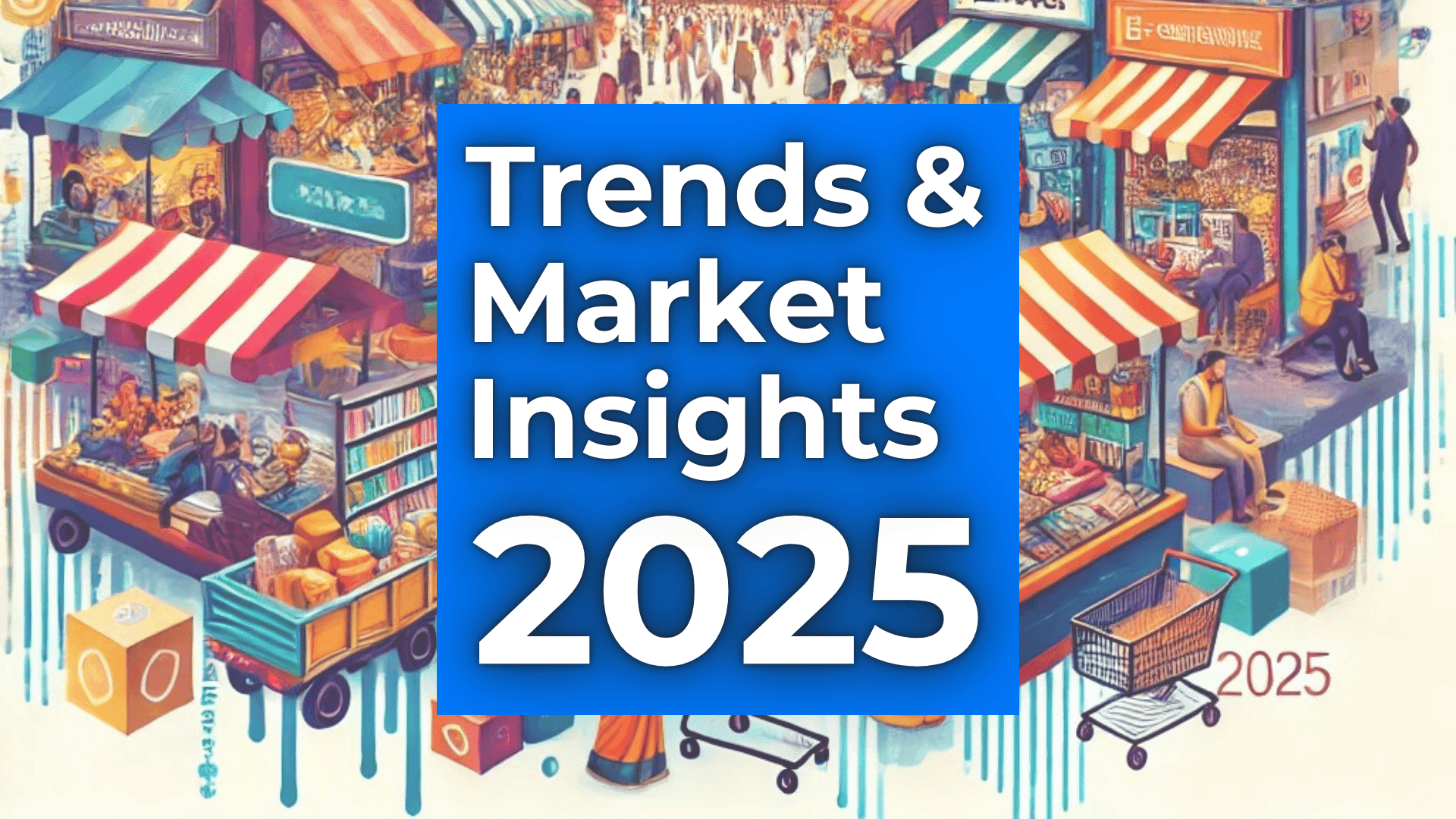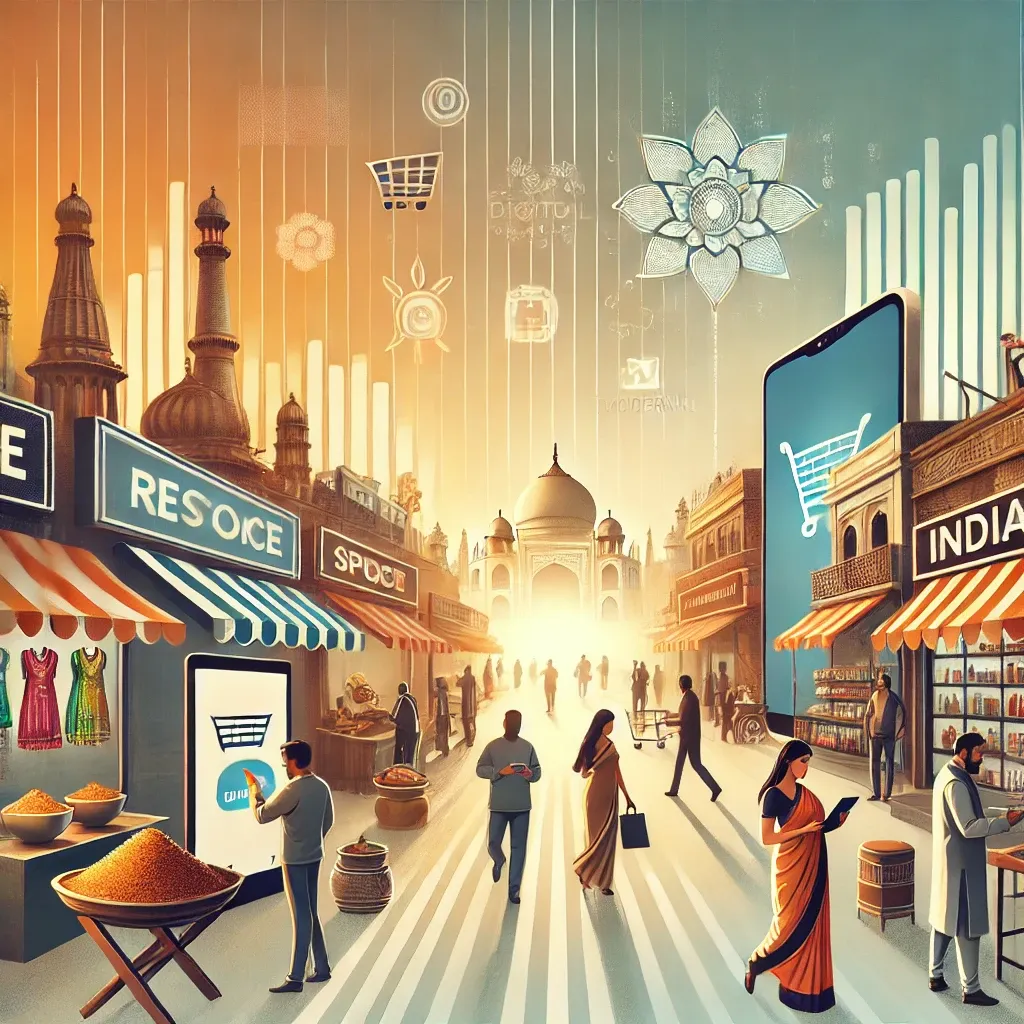India's Evolving Consumer: Trends and Market Insights for 2025

India's economic landscape is undergoing significant transformations, influenced by evolving consumer behaviours and strategic business investments. While previous analyses have highlighted key consumer trends, recent developments necessitate a deeper exploration into specific areas shaping India's growth story as we approach 2025.
1. Shifts in Consumer Spending Patterns
Recent data indicates a decoupling of consumer spending from national output since March 2023, with a notable decline in household consumption. Despite previous growth under Prime Minister Narendra Modi, factors such as stagnant wages and limited job creation have contributed to this trend. The middle class, in particular, is experiencing income stagnation, leading to restrained spending habits.
2. Rural Consumption Dynamics
The Reserve Bank of India (RBI) anticipates an improvement in the country's growth trajectory in the latter half of the fiscal year 2024-25, driven by domestic private consumption and a revival in rural demand. Indicators suggest a recovery from the previous slowdown, supported by strong festival activity and increased rural demand. Agricultural prospects are also positive due to brisk rabi sowing expansion.

3. International Investments and Market Dynamics
Several French companies are increasing their presence in India, drawn by its growing affluent population and immense market potential. Iconic brands have found success among India's aspiring luxury consumers despite high prices. However, foreign companies still face challenges in an economy dominated by conglomerates and protectionist policies.
4. Fast-Moving Consumer Goods (FMCG) Sector Growth
The FMCG sector in India has experienced significant growth over the past decade, with revenues increasing at a rate of 21.4%. The industry expanded from US$31.6 billion in 2011 to US$52.8 billion in 2017-2018. The rural FMCG market is projected to grow at a CAGR of 14.6%, reaching US$220 billion by 2025. This growth is driven by factors such as an increased population of working women, rising disposable incomes, and higher brand recognition.
5. Rise of Quick Commerce Deliveries
The Quick commerce / hyperlocal delivery market in India is poised for exponential growth as advancements in technology and evolving consumer preferences continue to reshape the landscape. According to reports, approximately 48% of Indian eCommerce consumers are hyperlocal shoppers. Platforms like Zepto, Blinkit owned by Zomato, and Instamart by Swiggy have successfully tapped into this demand, offering quick and seamless deliveries. The market is projected to grow at a compound annual growth rate (CAGR) of 14.4%, reaching a valuation of $5188.6 billion by 2030.
6. Increased Penetration of Financial Inclusion
India's financial landscape has undergone a monumental transformation in recent years. The implementation of the country's digital public infrastructure, which includes Aadhaar (digital ID system), Unified Payments Interface (fast payments system), and DigiLocker (digital document wallet), has not only revolutionized the financial inclusion landscape in India but has also captivated global interest and adoption.
7. Demand for Ethical and Sustainable Brands
A growing percentage of Indian consumers, particularly Gen Z and millennials, are prioritizing ethical and sustainable purchases. From eco-friendly packaging to cruelty-free products, brands are revamping their strategies to align with the eco-conscious mindset of these demographic groups.
8. The Growth of Subscription-Based Models
Subscription-based services are no longer limited to OTT platforms. From groceries to beauty products, consumers are embracing subscription models for convenience and cost-effectiveness. This recurring revenue stream is pushing companies to focus on personalized consumer engagement and retention strategies.
9. Role of Regional Languages in Consumer Engagement
As internet penetration deepens into rural areas, the demand for regional language content is exploding. Brands are increasingly creating vernacular campaigns and localized experiences to tap into the non-English-speaking audience. Platforms like YouTube, ShareChat, and Koo have been instrumental in this regional content boom.
10. Expansion of Electric Vehicle (EV) Market
Automakers in India plan to launch nearly a dozen new electric car models in 2025, focusing on premium segments with longer ranges and faster charging times. This move aims to attract buyers despite a global slowdown in EV demand. Key players like Tata Motors, Maruti Suzuki, Mahindra & Mahindra, and newcomers like Vinfast are showcasing their new models at India's Auto Show in New Delhi. India’s EV market, though relatively small with 2.5% of 2024 car sales being electric, is projected to grow significantly. The government's goal is to increase EV sales to 30% by 2030, supported by stricter emission norms in 2027. Analysts predict India's EV sales could double this year due to improved vehicle designs. Many new models will offer a range of 400 km or more, with fast charging capabilities. Despite the high costs and limited charging infrastructure, India's car market, driven by a growing middle class and government incentives, is seen as primed for EV expansion.
11. Growth in Small-Ticket Investments
India's Securities and Exchange Board (SEBI) is encouraging fund houses to promote small-ticket investments, such as 250-rupee (approximately $3) monthly systematic investment plans (SIPs), to increase equity market participation. The aim is to target investors in smaller towns, thus expanding the market beyond major cities. About 225 million investors currently use SIPs, contributing an average of 223.6 billion rupees monthly into equities in 2024, despite foreign investors turning sellers.
Conclusion
India's economic narrative is multifaceted, with both opportunities and challenges shaping its trajectory. While rural demand shows signs of revival, urban consumption faces constraints due to income stagnation and inflationary pressures. International investments underscore India's market potential, yet navigating the complex economic landscape requires strategic adaptability. The FMCG sector's growth highlights the dynamism of consumer markets, driven by demographic shifts and evolving preferences. Staying informed and agile will be key to capitalizing on the evolving opportunities within India's economy as we approach 2025.
Also Read : The Indian Growth Story: Consumer Trends Shaping the Market for 2025